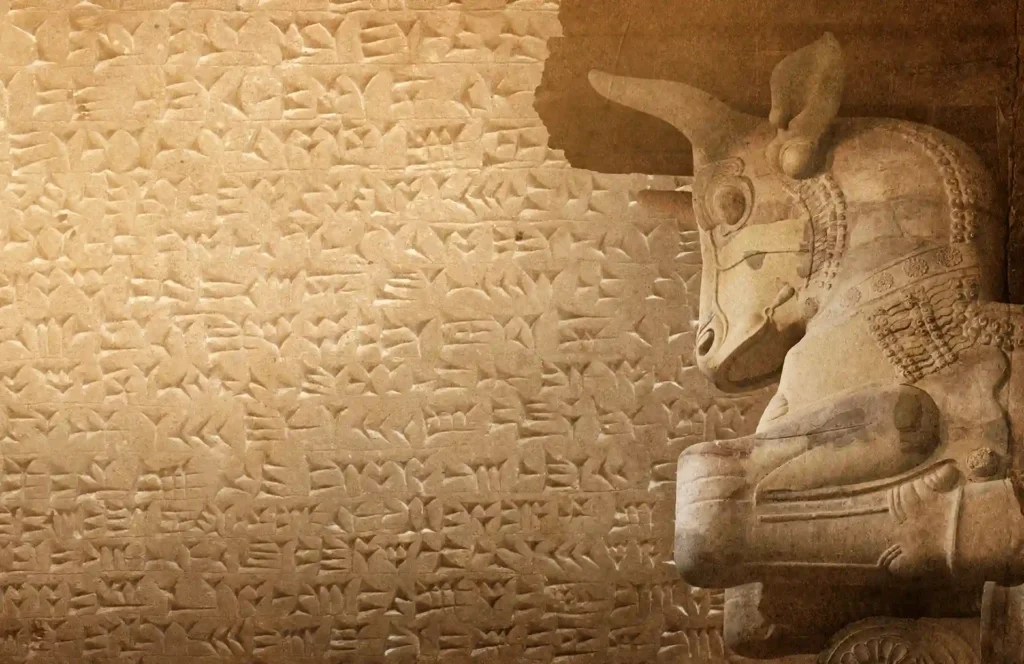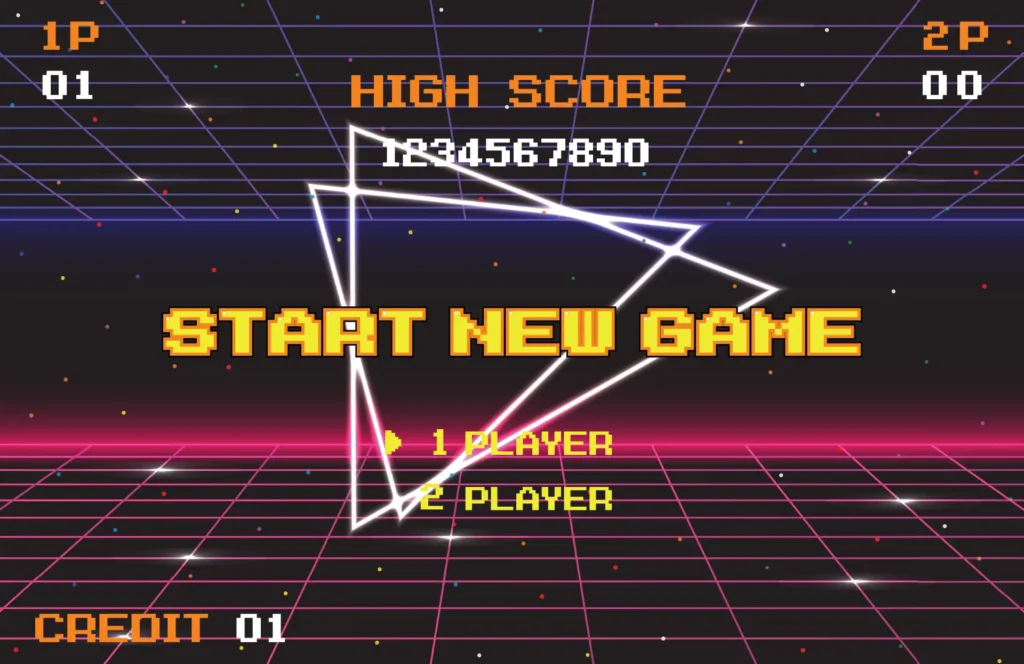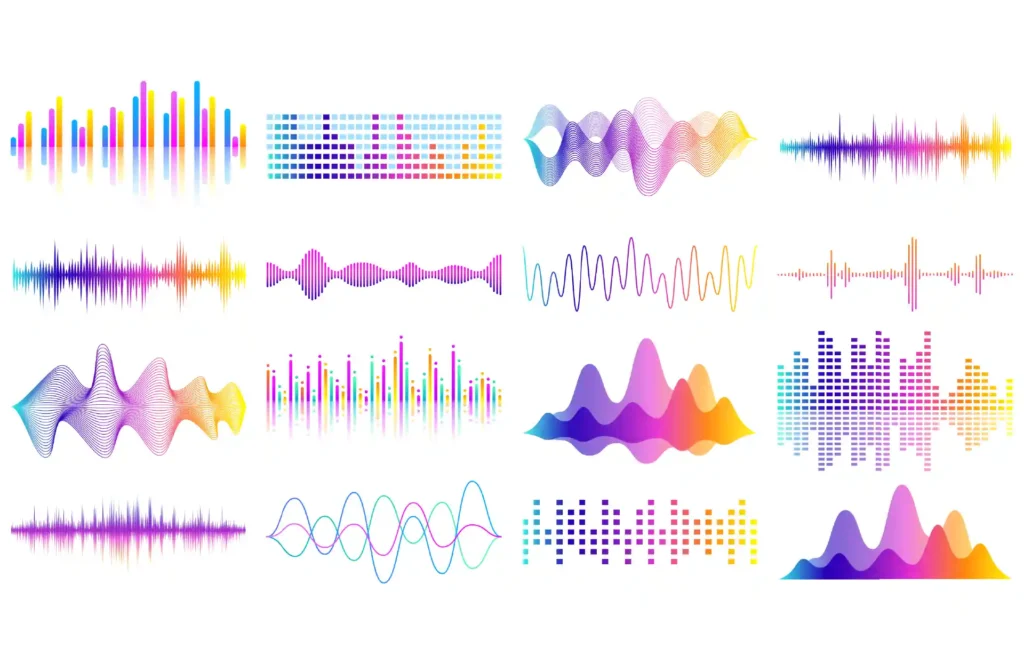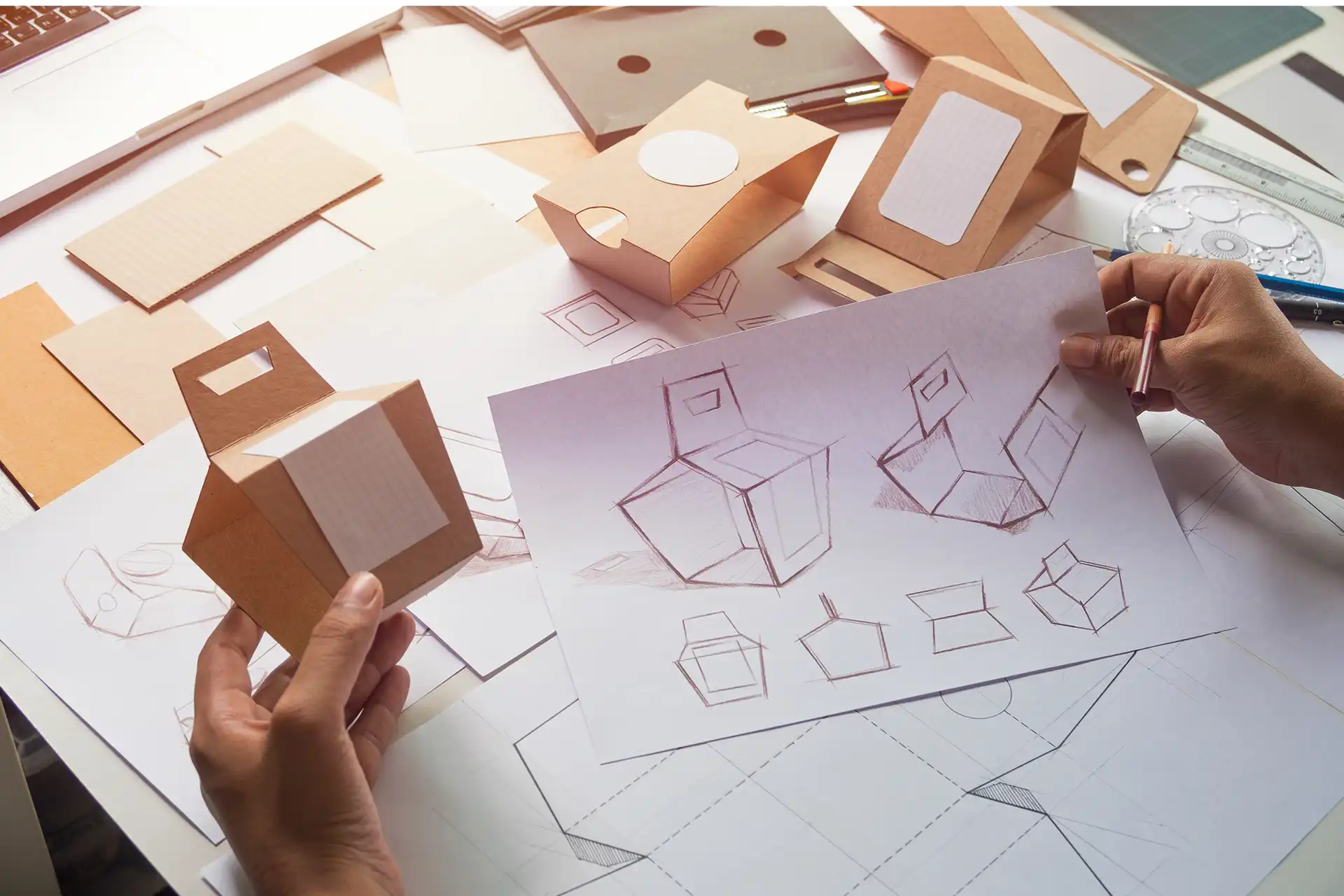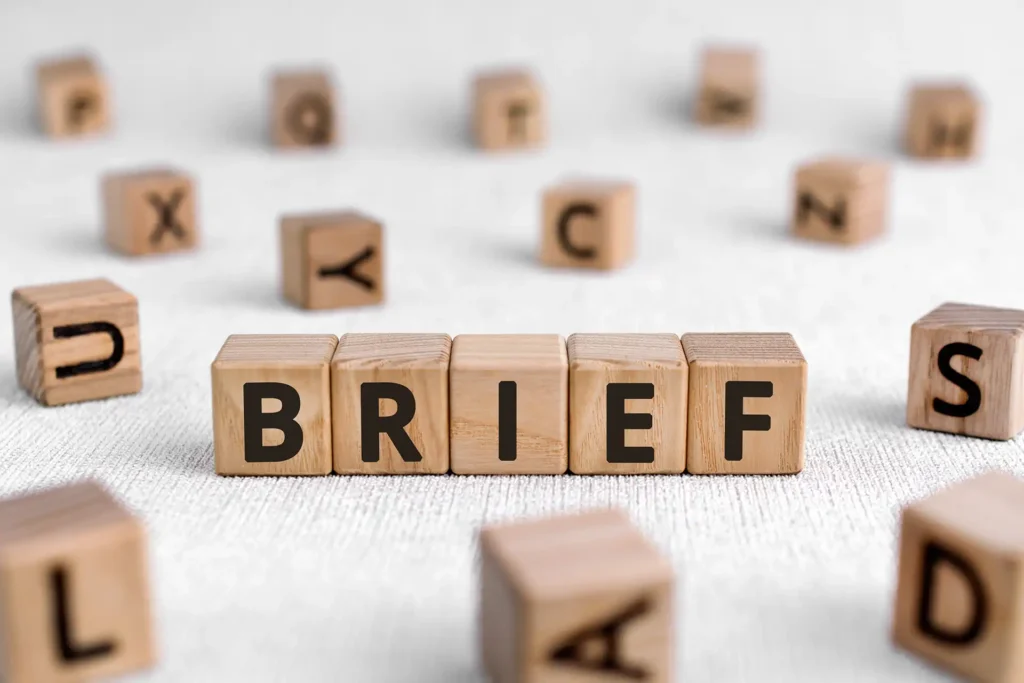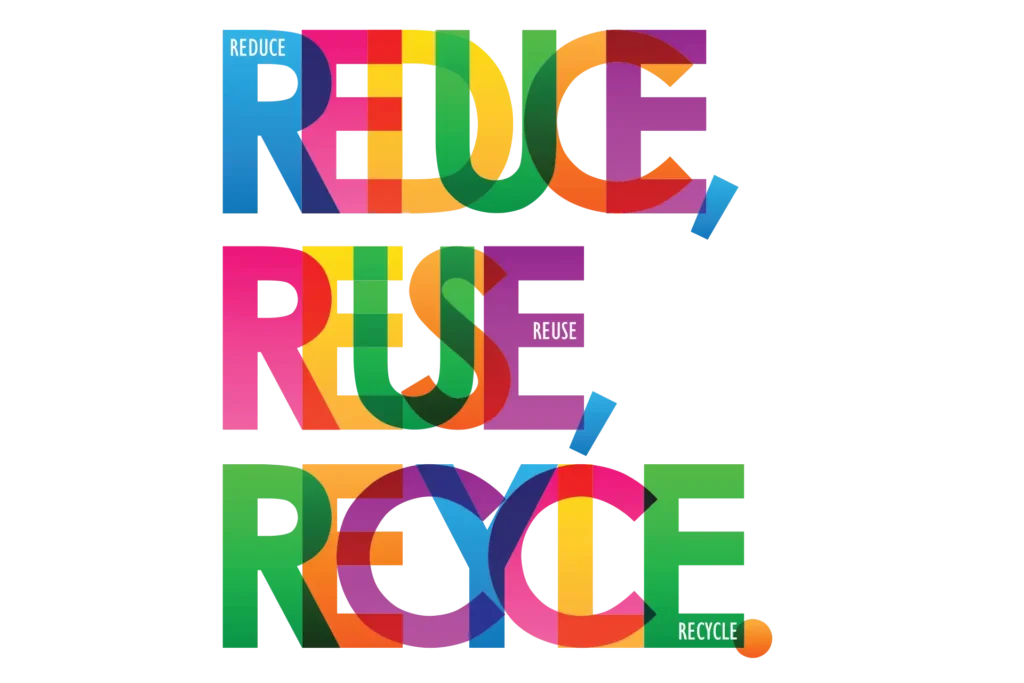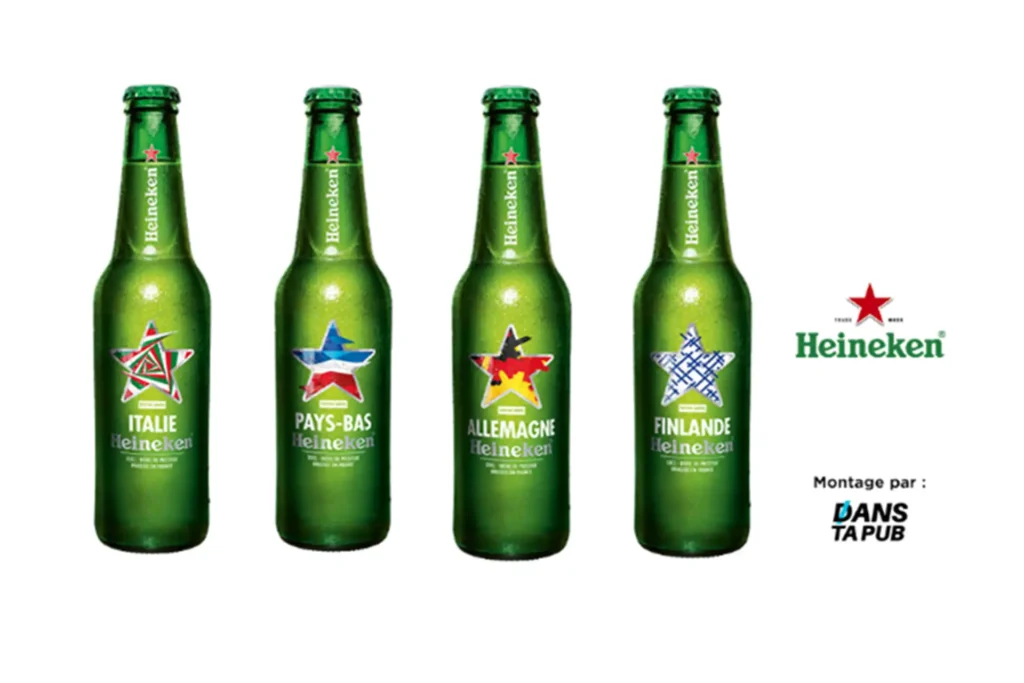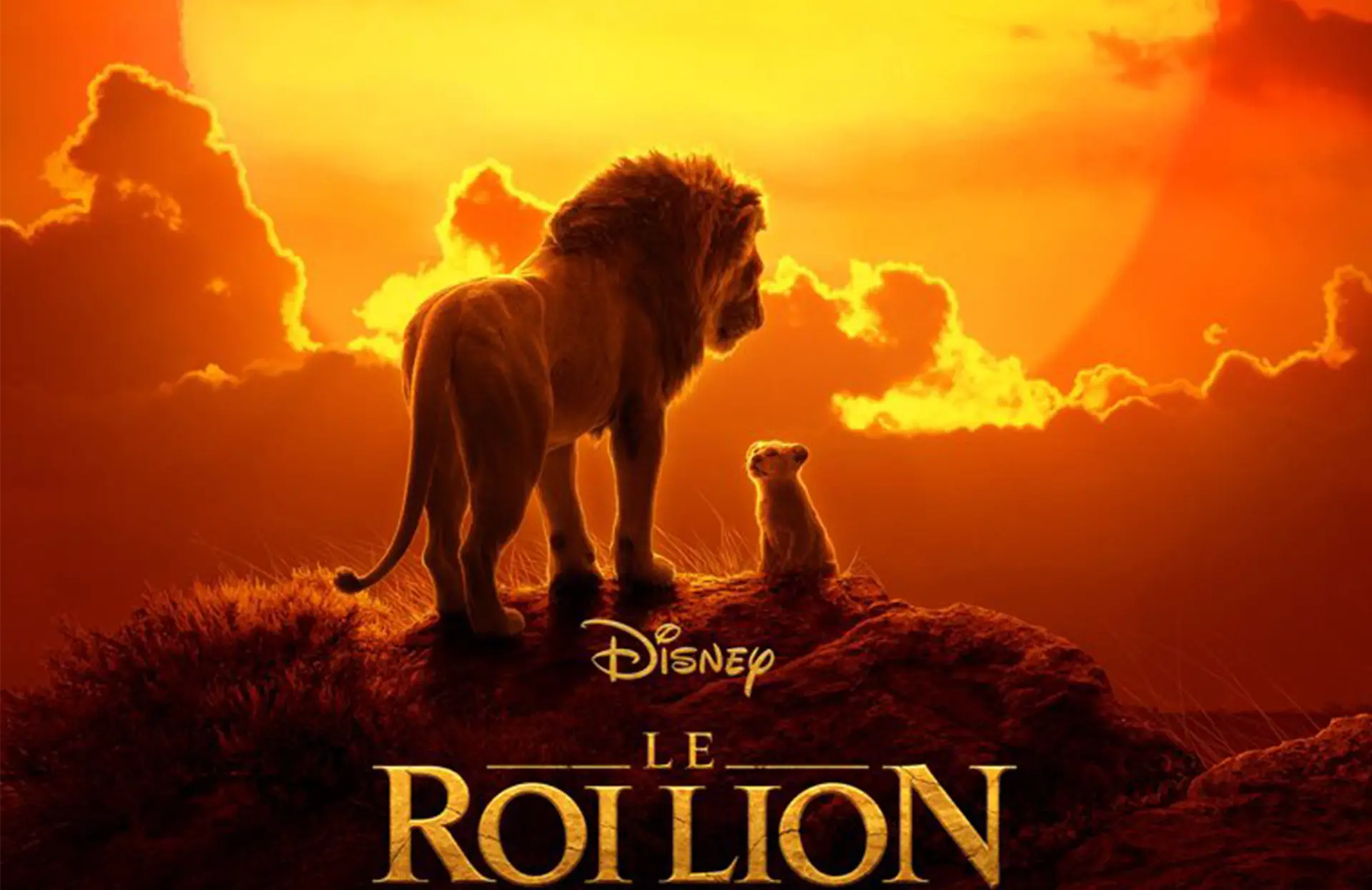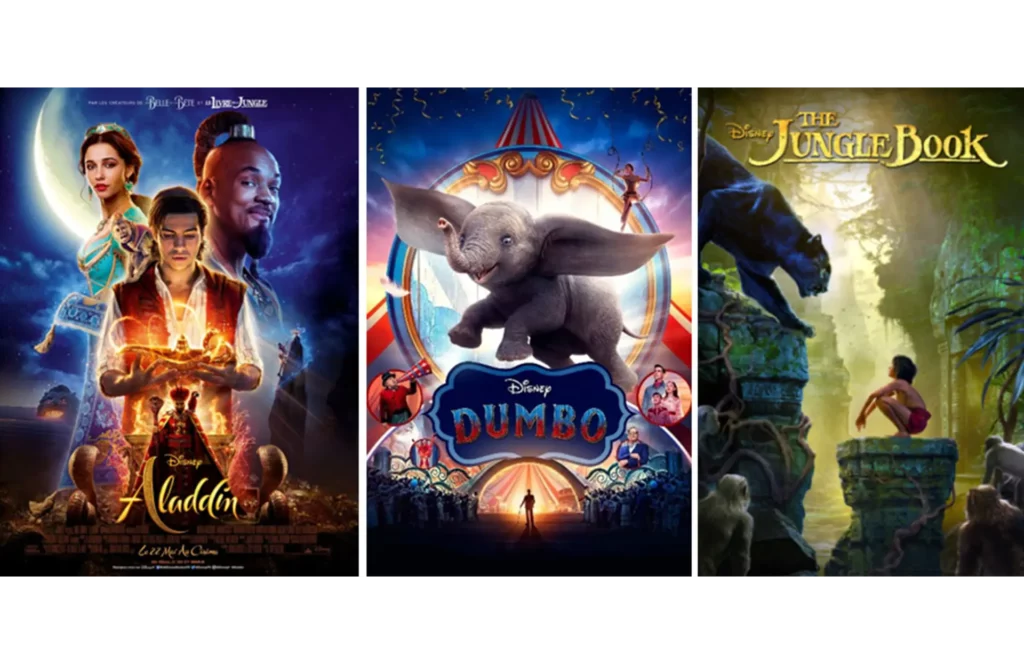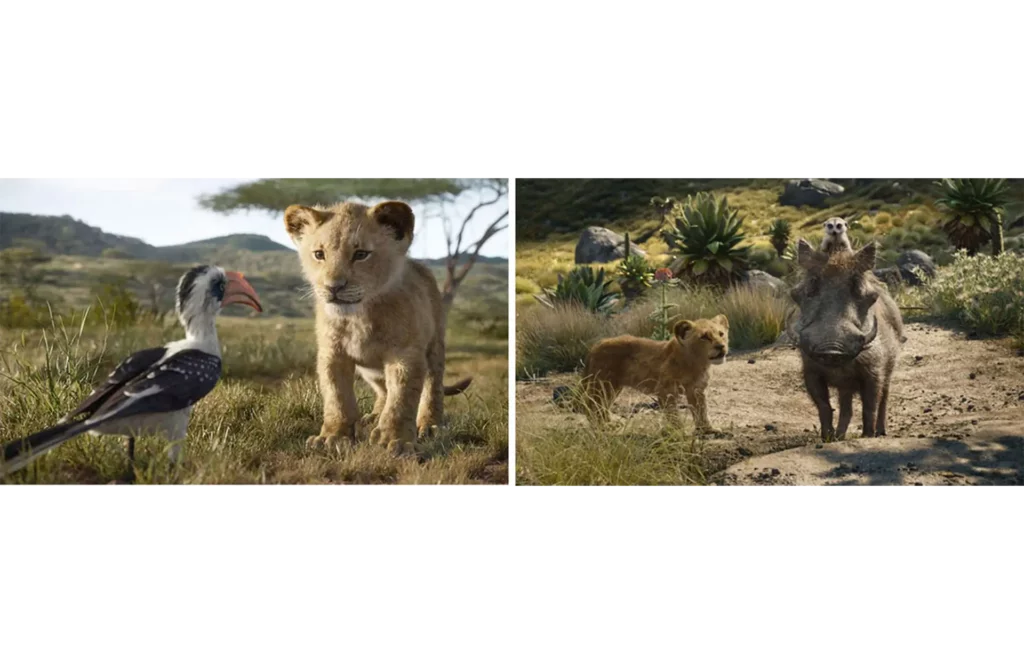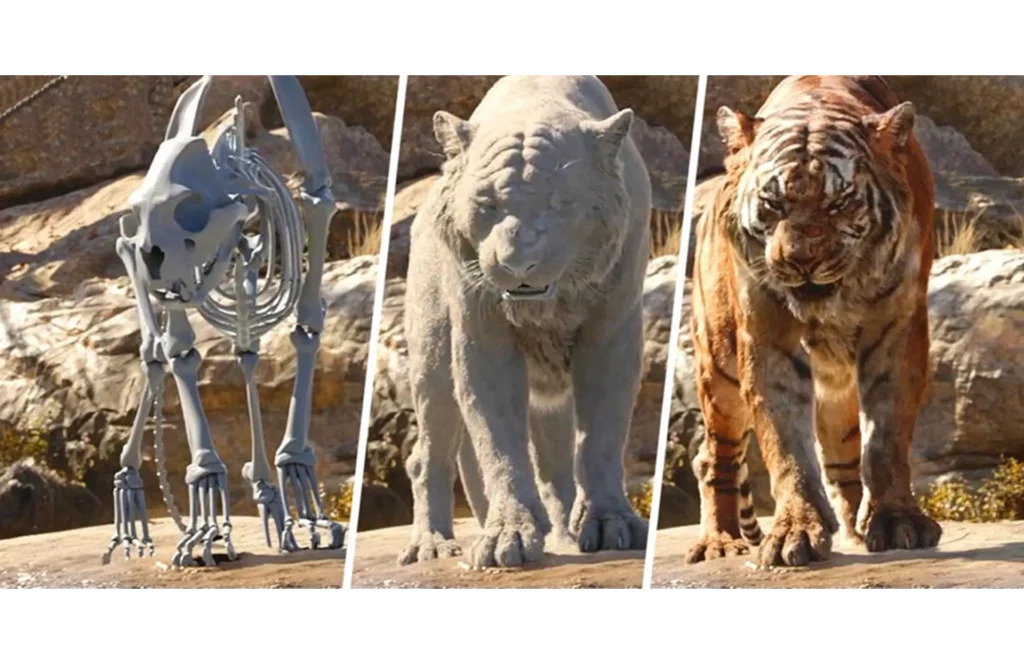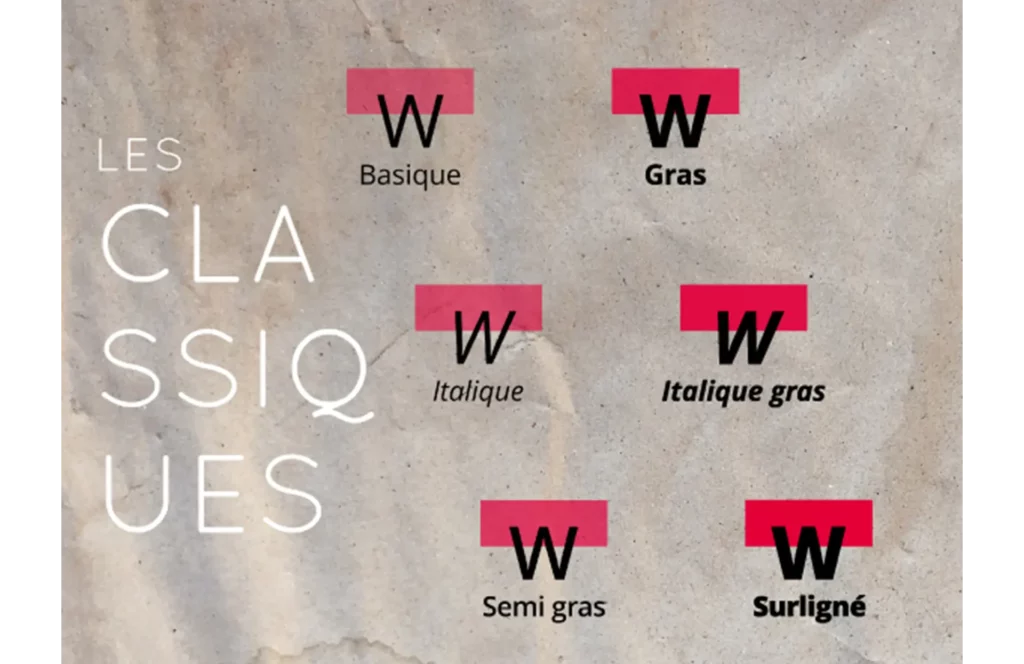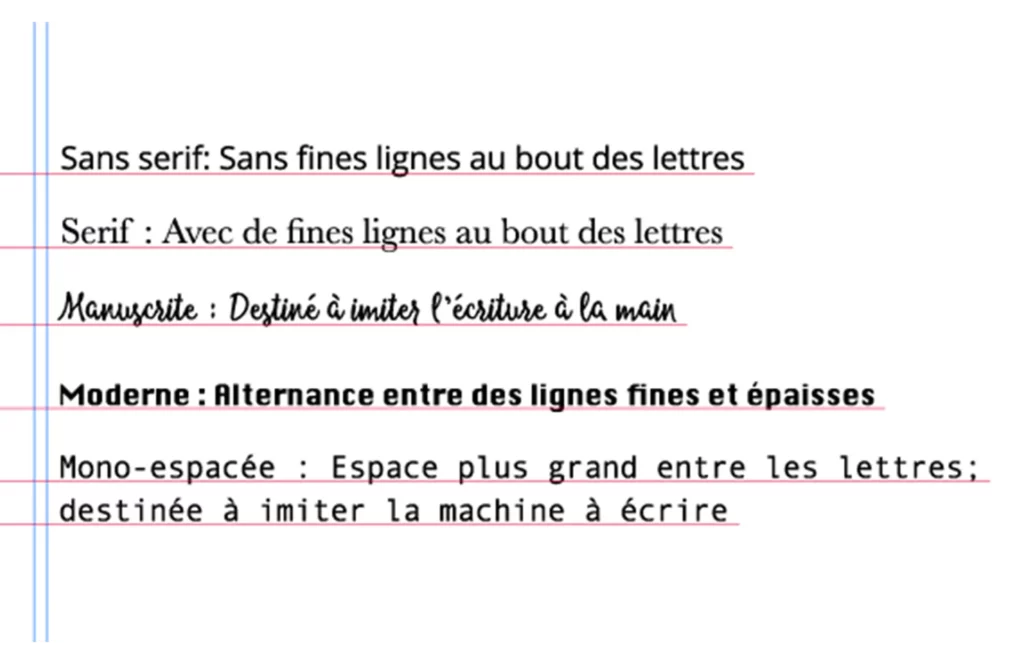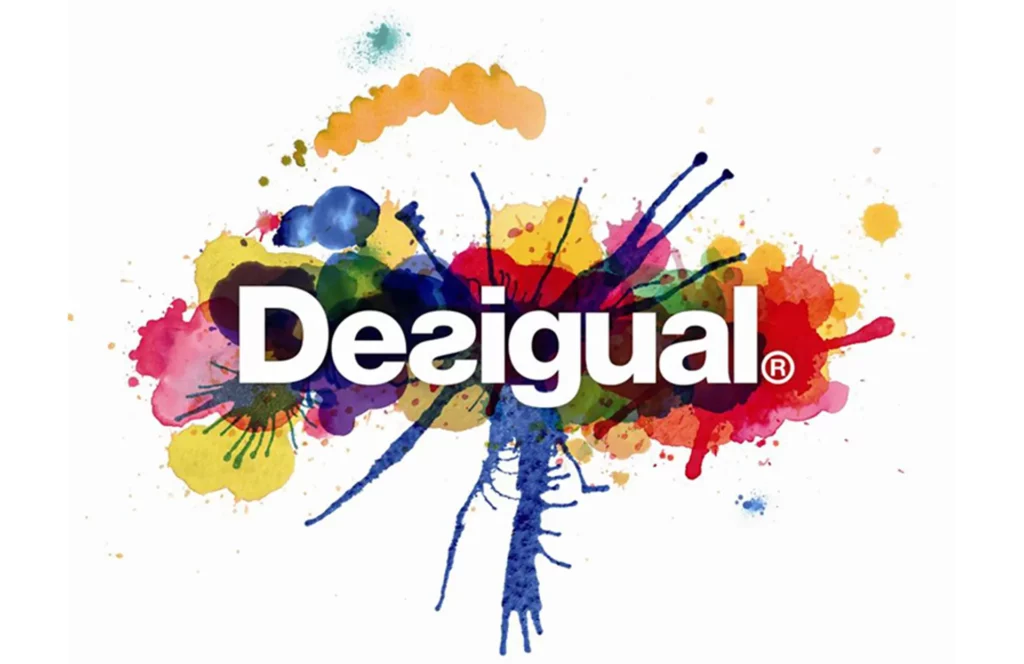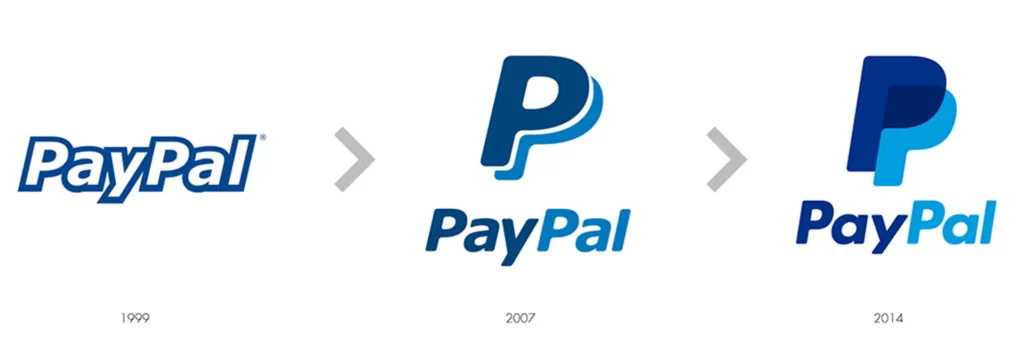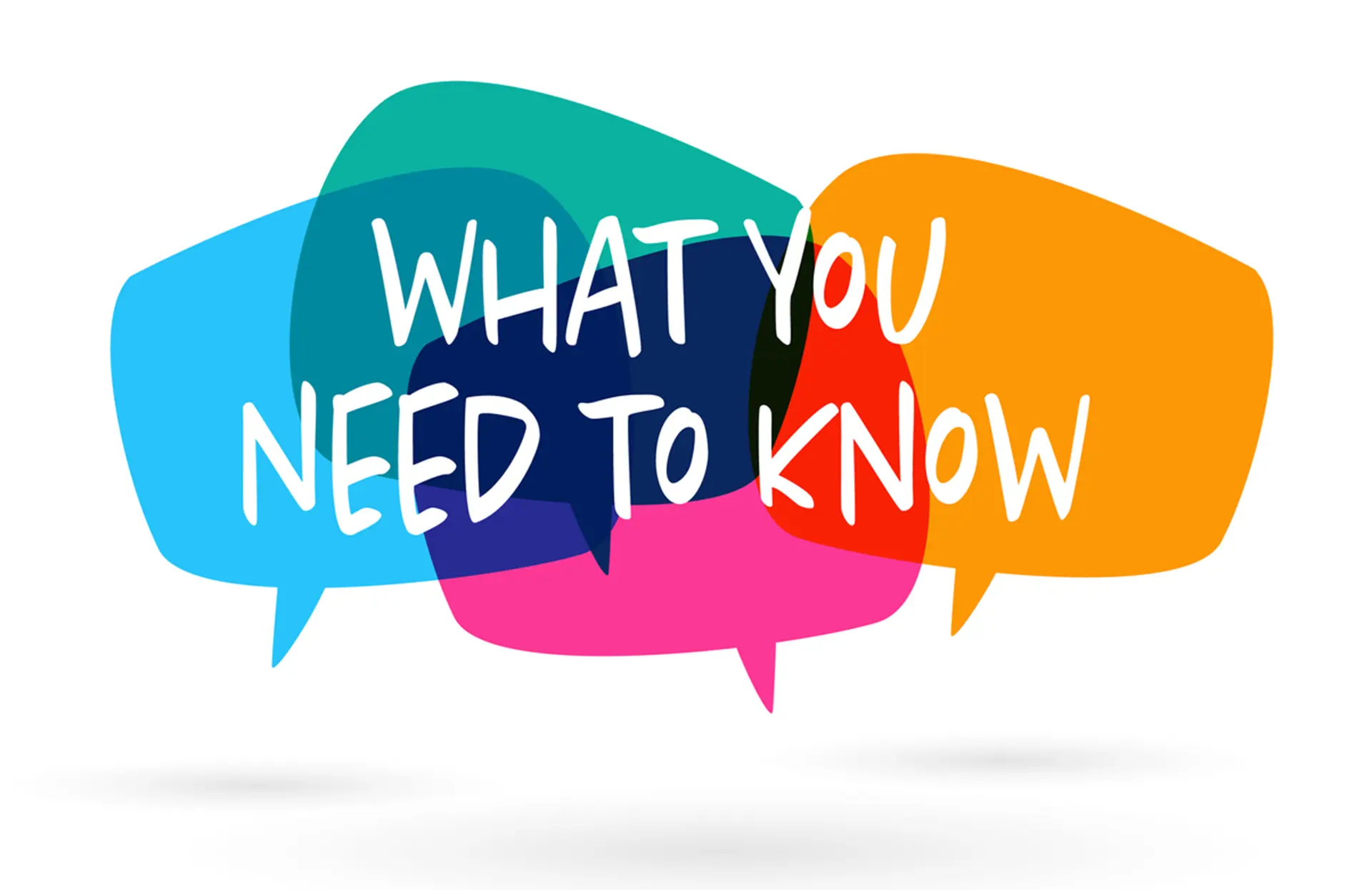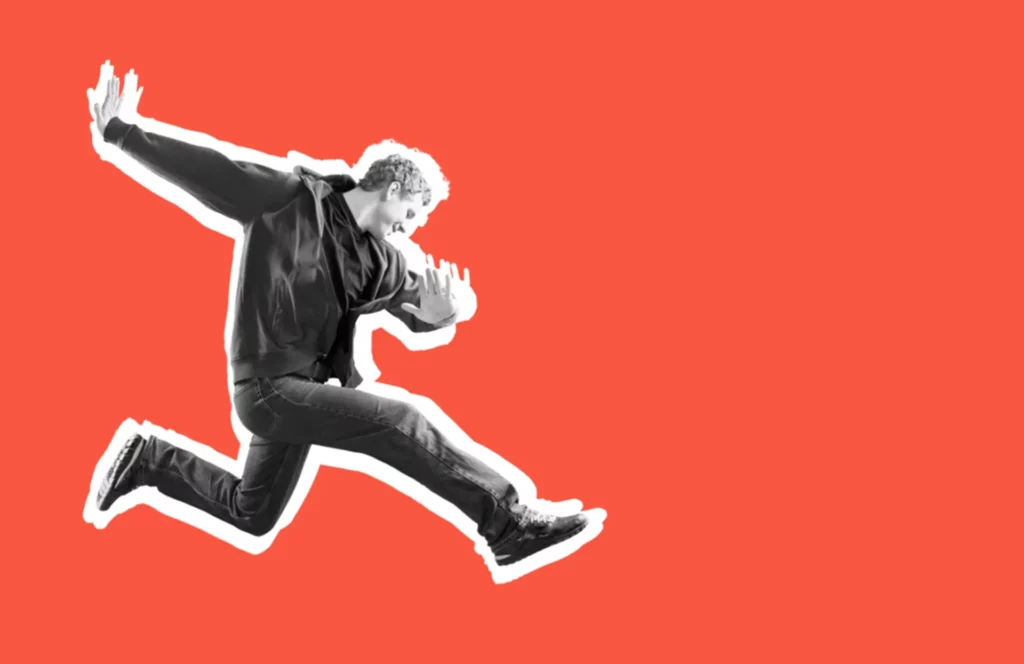📌 SEO Tutorial: Optimise your Website in 7 Steps
- Understanding search engines
- Google analyses the relevance, popularity and structure of a site.
- Optimise your indexing with an XML sitemap and a well-configured robots.txt. - Find the right keywords
- Identify relevant keywords with search volume and low competition.
- Use the long tail to attract qualified traffic. - Structuring your website for SEO
- Ensure a clear tree structure and legible URLs.
- Improve loading speed (image compression, caching). - Working on the User Experience (UX)
- A fluid, mobile-friendly site reduces the bounce rate.
- Accessibility and a clean design improve engagement. - Mastering Internal Links & Backlinks
- Structure a logical internal network.
- Get quality backlinks via guest-blogging & attractive content. - Writing SEO-friendly content
- Optimise your titles (H1, H2...) and include your keywords naturally.
- Write engaging meta descriptions to boost CTR. - Measure, Analyse & Adjust
- Track your performance with Google Analytics and Search Console.
- Continuously test, adjust and optimise to stay competitive.
🔥 Here we go!
Do you dream of a website that climbs up the search results, captures maximum visibility and generates quality traffic? Well, this seo guide is here to help you understand and apply the best practices of search engine optimization. Together, we're going to build a solid marketing strategy to enhance each page of a website and amplify the user experience.
Our aim is to give you a global perspective: from the basics of search engines to advanced optimisation, including the creation of quality content, the development of internal links and inbound links, and the implementation of structured data. Whether you're a curious beginner or an experienced project manager, it's time to delve into the heart of SEO and discover how to build a high-performance site for web users.
I. Search Engines: Why are they crucial?
1.1 Understanding the logic of engine results
Search engines (Google, Bing, Yahoo, etc.) are the digital crossroads where the majority of Internet users meet. So getting on the first page of a Google search is almost like digital gold: if you appear there, you multiply your chances of gaining market share and attracting a flow of users interested in what you have to offer.
In reality, search engines use multiple algorithms that are constantly evolving. They examine a site's relevance, popularity, and structure to help it rank higher in search results.
Their goal? Provide the best possible user experience by serving a web page tailored to each query.
1.1.1 What does "Relevance" mean for a search engine?
Relevance refers to the match between a visitor's query and the content of a site. Algorithms scan keywords, analyse semantics, assess the quality of the text, the presence of structured data, and so on. The more closely a site's pages match the search intention, the more likely they are to appear in a good position.
1.1.2 How does Indexing a Web Page work?
Indexing is the crucial stage when Google (or another search engine) "registers" your web page in its database. Without indexing, your content remains invisible in the search results. Generally, a crawler (Googlebot, for example) crawls the hyperlinks on the web, discovers your pages and submits them to the algorithm. To speed up this operation, you can provide an XML sitemap, configure a robots.txt file and ensure that your site contains no obstacles (orphan pages, 404 errors, etc.).
1.2 Research drivers and business objectives
Search engines are a real growth lever for any online project. If you're looking to :
- Increase your conversion rate: by attracting a more qualified audience.
- Strengthen your brand image: by occupying the first page in your niche.
- Reducing dependence on paid advertising: organic traffic is more sustainable.
So investing in search engine optimisation is almost unavoidable. The benefits will be all the greater if you have worked on the strategy as a whole: technique, content, netlinking, ergonomics, etc.
II. Keywords : The foundation of any SEO strategy
2.1 Why Keyword Research is Essential
It's impossible to talk about SEO without mentioning keyword research! Keywords are the point of contact between the user's vocabulary and the lexical field you are going to use in your quality content.
- Relevant keywords : they must reflect exactly what your visitors are looking for.
- Search volume : the more keywords are searched for, the greater the traffic potential.
- Competition : some terms are ultra-competitive. It may therefore be a good idea to target less competitive but more targeted long-tail variants.
Trick : Segment your key words by purpose (informative, navigational, commercial, transactional) helps you to structure your content and conversion funnels more effectively.
2.2 The Long Tail, a goldmine
The long tail represents all the more specific keywords (3-4 words or more). For example, instead of targeting "shoes", you could target "mountain trail running shoes". Long-tail queries have a lower volume but often a higher conversion rate, because they respond to a more precise intention.
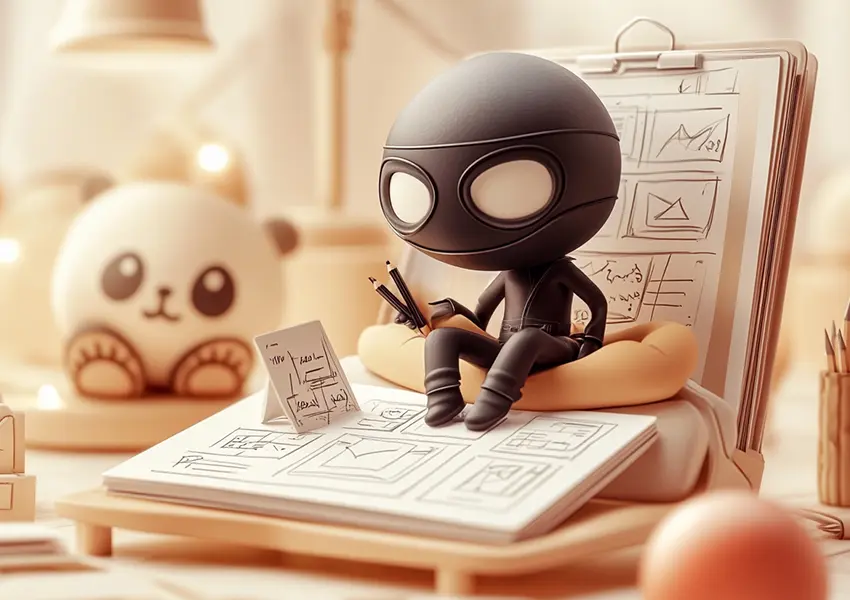
III. Website: Organization and Fundamentals
3.1 Technical structure of a Site
When building the structure of a website, you need to think about both the user experience and search engines. It all starts with a clear hierarchy.
- Main menu : logical categories and sub-categories.
- Tree structure : coherent folders and sub-folders, short, semantic URLs.
- Loading speed : clean code and compressed images.
3.1.1 The URL, an Indicator for Google
A url short and descriptive offers a slight SEO advantage: it is more readable. For example, my-site.com/shoes/mountain-touring gives a strong signal to search engines about the theme of the page.
3.1.2 The importance of loading time
Loading speed directly influences user satisfaction and therefore user behavior (bounce rate, number of page views, etc.). Google includes this parameter in the evaluation of your web page.
In practice, regularly check your performance via PageSpeed Insights and choose:
- Image compression (WebP formats).
- Activation of caching.
- CSS/JS code minification.
3.2 User Experience (UX) : Decisive Factor
It's all very well attracting traffic through keywords, but if the design of your site is too confusing, or the navigation is chaotic, visitors won't stay.
Why is UX crucial?
- the user experience determines the time spent on the page, the bounce rate and the conversion rate.
- A pleasant site encourages people to browse more content, which increases your chances of winning over customers.
- Google looks at the overall user experience: legibility, mobile adaptability, speed, etc.
Things to remember: It's better to have a clean, intuitive design than an overcrowded environment where visitors get lost. Accessibility should take precedence over sophistication.
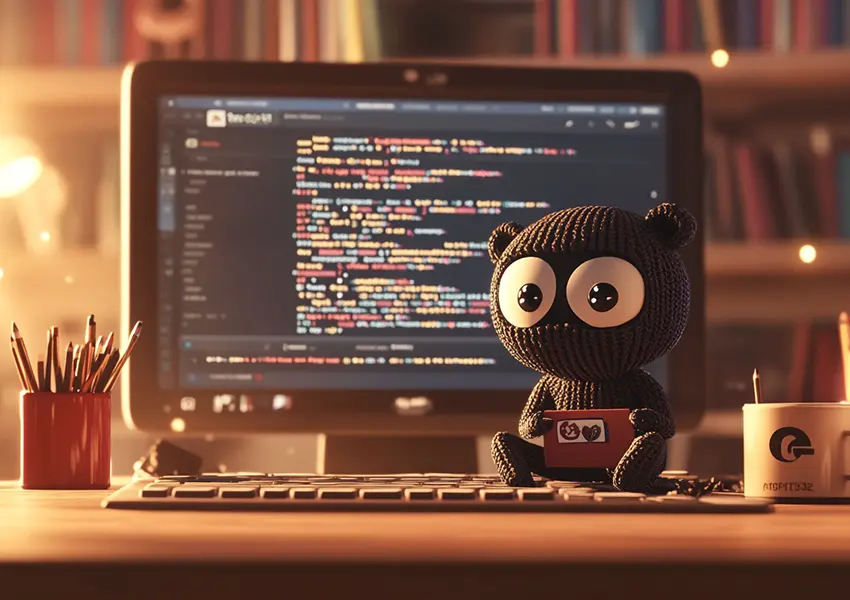
IV. Internal Links, Incoming Links and Structured Data
4.1 Internal links: Intelligent meshing
Internal links link your pages together. They are an essential lever for :
- Guide the user to complementary content.
- Transmit internal "popularity" (or link juice) to strategic pages.
- Help Google to better understand the structure of a website.
Best practice for internal links :
- Use descriptive anchor text.
- Avoid generic anchors ("click here").
- Place internal links at the heart of the text, when it makes sense for the user.
4.2 Inbound links : Gaining authority
Backlinks are a vote of confidence from other sites. Google considers that a site will receive backlinks if it offers quality content or a useful service.
- Quality before quantity: give priority to links from recognised sites in your field.
- Avoid any massive link-buying schemes, which are considered cheating by Google.
- Encourage partnerships (guest-blogging, interviews, expert articles).
Think linkbaiting: create attractive content, such as infographics, case studies or PDF guides with high added value. Internet users and reference sites won't hesitate to relay your resources.
4.3 Structured Data: Towards Richer Content
Structured data is a specific marking in the HTML code that enables Google and others to better understand the nature of your content (product, recipe, event, etc.).
- Makes it easier to display rich snippets (stars, prices, FAQs) in the results.
- Can boost your click-through rate (CTR), as the user sees more information before even opening the page.
- Indexing becomes more precise, as the engine precisely identifies each entity.

V. Creating quality content: the art of relevance
5.1 User Experience and Topic Relevance
When we talk about quality content, we're talking about richness, reliability, and originality. Whether you're writing articles, guides, product sheets, or other materials, always ask yourself: "Does this page better meet the needs of my audience than other competing pages?"
Some ideas to fuel this reflection :
- Provide a unique angle (exclusive figures, anecdotes, concrete cases).
- Write in a clear, airy style, illustrated with relevant visuals.
- Ensure good consistency between title, subtitles and body text.
5.2 On-Page Optimizations for Each Paragraph
On-page SEO refers to all the adjustments made directly to your content and HTML code. These include:
- The use of H1/H2/H3 tags that reflect the hierarchy.
- The natural inclusion of relevant keywords in your titles and paragraphs.
- The care taken in tagging images (descriptive alt attribute).
5.2.1 Title and Meta Description Tags
The Title tag <h1> must contain the main keyword, if possible at the beginning. The meta description, while not directly affecting ranking, influences CTR in SERPs. A catchy text of around 150–160 characters can make a difference.
5.2.2 Regular Updates
Living content is a sign of reliability. Adding new sections, updating figures, and refreshing examples all signal to Google that you're keeping your site active, which is often a highly valued criterion.
5.3 Linking Content and Search Intent
Every web page should address a set of pre-identified search intents. If you've identified that your visitors are wondering "how to make homemade bread," offer a detailed guide, images, or even a video. Adapt the text length and structure to be as comprehensive as possible without boring the user.

VI. Getting Started: Best Practices, Strategy and Tools
6.1 Establish Your Objectives in Advance 🚀
An SEO guide only makes sense if you know why you're optimizing. Do you want to:
- Increase your brand awareness?
- Generate more sales on your online store?
- Increase your newsletter subscriber base?
By clearly listing your objectives, you will be able to prioritize areas for improvement (loading speed, keyword targeting, internal links, etc.).
6.2 Focusing on Efficiency: Concrete Actions
Instead of trying everything at once, we prefer a modular action plan. Focus on:
- User experience (improve design, reduce loading time).
- Quality content (strengthen relevance, insert subsections, clarify writing).
- Inbound links (seek popularity).
Regular tracking via Google Analytics or Google Search Console will allow you to judge the real impact of each initiative.
6.3 Structuring the Strategy over Time
The SEO strategy can be divided into several phases:
- Phase 1: Global audit (technical, content, keywords).
- Phase 2: Technical corrections and optimization of existing systems.
- Phase 3: Production of new content, netlinking.
- Phase 4: Measure, analyze, iterate.
Each of these phases can last several weeks to several months, depending on the size of a site and your internal or external resources.
6.4 Some Essential Tools 🛠️
- Google Search Console: indexing tracking, error detection, CTR analysis.
- Google Analytics: visitor data, conversions, traffic channels.
- SEMrush / Ahrefs : keyword research, competitive intelligence, position tracking.
- Screaming Frog: technical audit (response codes, redirects, tags).
VII. Going Further: Examples, Automation and Case Studies
7.1 Talking Case Studies
It is often more striking to look at success stories:
- E-commerce site that doubled its sales in 6 months thanks to a strategy focused on the long tail.
- Specialised blog that has been able to gain positions on competitive keywords thanks to the regularity of its publications (1 in-depth, well-structured article per week).
- B2B companies that rely on content marketing (white papers, studies) to attract a professional audience and develop leads.
7.2 Automation, AI and Content Repurposing 🤖
As AI becomes more powerful, it will be easier to speed up certain tasks:
- Content brief generation : to quickly come up with a clear plan for your article.
- Editorial assistance : The AI offers a skeleton, but we remain vigilant about veracity and human customisation.
- Content repurposing : transform a blog post into a video, podcast or newsletter, to maximise reach and capture any incoming links.
7.3 Analysing results and making adjustments
Continuous improvement is a leitmotif of SEO. Once you've launched a few optimisations, let a few weeks go by, then evaluate :
- Is there an increase in organic traffic?
- Are the targets set (sales, registrations, leads) progressing?
- Which pages are left out? Why or why not?
It is these observations that will guide future adjustments to your strategy.

VIII. Conclusion: Become a natural SEO professional
In conclusion, know that mastering Search Engine Optimization is neither a stroke of luck nor an esoteric secret. It's a methodical process, an art combining structural techniques, quality content, respect for the user experience, and highlighting your strengths through relevant keywords.
With this SEO guide, you have an overview for building (or redesigning) a website capable of shining on search engines. By taking care of page organization, on-page optimization, netlinking (via internal links or strategic inbound links), and integrating structured data, you maximize your chances of appearing high in the results.
Nothing beats practice: take action now:
- Make a diagnosis: Where does your site stand today? What are its strengths and weaknesses?
- Plan ahead: prioritise your efforts (technical, content, popularity) according to your objectives.
- Optimise : Take the time to fine-tune URLs, loading speed, page structure and user experience.
- Publish : offer regularly updated, high-quality content that is aligned with the keywords your audience is looking for.
- Analyse: monitor results, adjust your strategy continuously, learn from every success and failure.
Ultimately, SEO is an ongoing process that requires curiosity, perseverance and adaptation. Today's best practices may be updated tomorrow, as algorithms are updated or new trends in user experience emerge. The most important thing is to keep the user at the centre, because a website that fully satisfies its audience will see its ranking improve.
Enjoy your SEO adventure! And don't forget to add a dose of fun: sprinkle your titles with emojis 🎉, cultivate closeness with your readers, and celebrate every small victory.
It's an exciting journey you're taking to the first page of search results, so buckle up and ride the web wave 🏄♂️!



